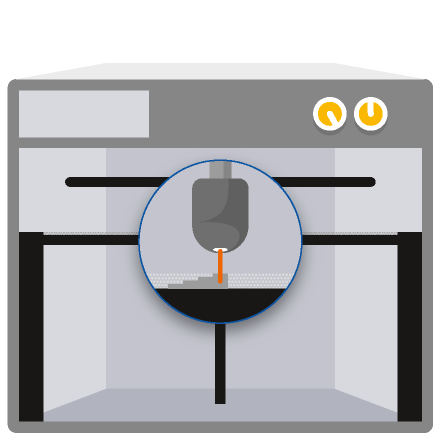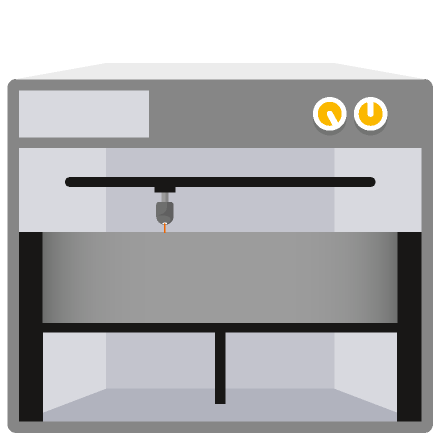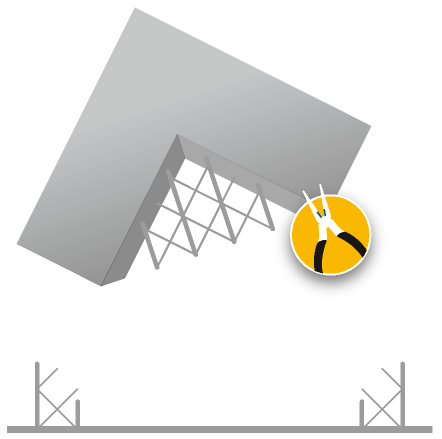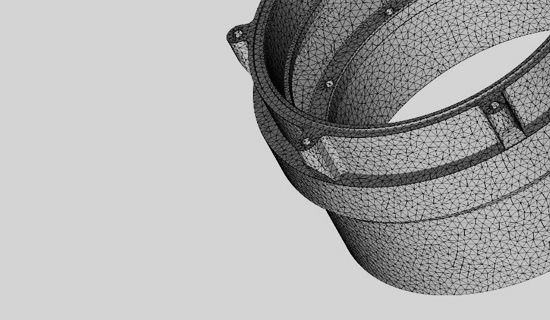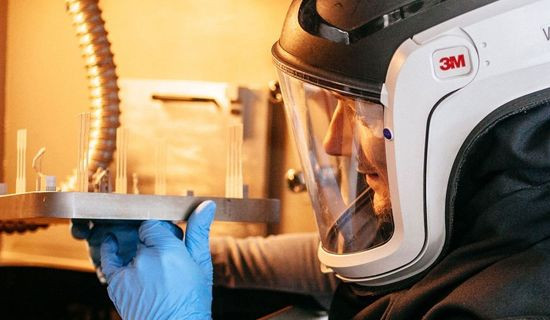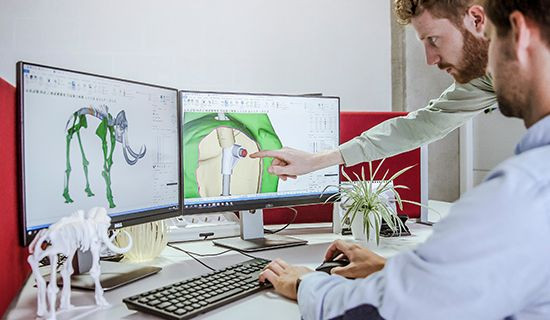C465 stainless steel material is an age-hardenable alloy, ideal for producing high-performance metal parts. Well-suited to demanding environments, C465 offers excellent strength and toughness, and high corrosion resistance. These properties are desirable for end-use parts in the aerospace, medical, and maritime industries. Applications include hand tools, plastic injection molds, oil and gas drilling machines, and other industrial equipment.
Technical Specifications
| Standard lead time | Minimum of 10 working days, depending on part size, number of components and finishing degrees |
| Standard accuracy | In accordance with DCTG 8 of DIN EN ISO 8062-3: 2008-09 for dimensions between 30 and 400 mm, DTTG 6 for dimensions below 30 mm and DIN ISO 2768 -1 g (rough) for dimensions between 3 mm and 400 mm.(for more details and IT grades have a look at the design guidelines.) |
| Layer thickness | 0.04 – 0.8 mm |
| Minimum wall thickness | 1 mm (standard grade) / 0.5 mm (performance grade) |
| Minimum detail | 0.5 mm |
| Maximum part dimensions |
245 x 245 x 270 mm |
| Interlocking or enclosed parts? | No |
| Surface structure | Unfinished parts typically have a rough surface but various finishing degrees can achieve smooth surfaces. |
NEW: Standard and Performance Grades
You can now choose between our two grades for Metal 3D Printing, to achieve the right balance of performance and efficiency for each project.
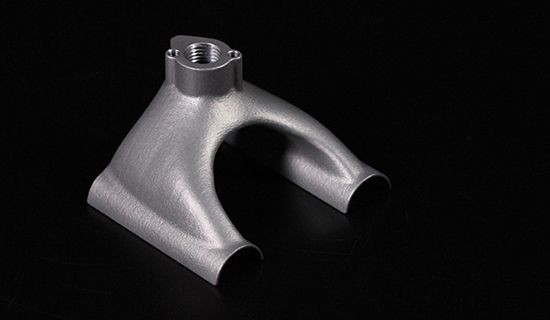
Standard
- Industry-standard quality requirements
- Ideal for prototypes and simple end-parts
- Form-, fit- and function-testing
- Strength and density similar to cast parts
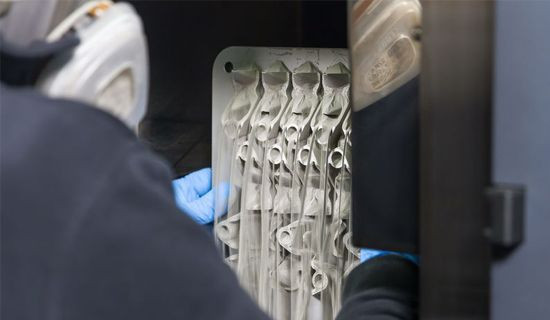
Performance
- Ideal for complex metal parts designed for AM
- Applications in demanding environments
- Suited for series production
- Strength and density more performant than casting
- Specialized quality test reports available to your specification
To compare the material properties of the two grades, take a look at the datasheet below.
Want to know which grade is right for you? Tell us about your project >
Datasheet
| MEASUREMENT | STANDARD GRADE | PERFORMANCE GRADE | ASTM/PROCEDURE |
|---|---|---|---|
| Density | >7.8 g/cm³ | >7.84 g/cm³ | |
| Relative Density | >99.0% | >99.5% | |
| Tensile Strength | >1400 MPa | >1600 MPa | EN2002-1 |
| Yield Strength | >1300 MPa | >1500 MPa | EN2002-1 |
| E-Modulus |
~195 |
~195 | EN2002-1 |
| Elongation at Break | >2% | >2% | EN2002-1 |
| Roughness Ra | <22 µm | ISO 4287:2010-07 | |
| Roughness Rz | <120 µm | ISO 4287:2010-07 | |
| Hardness | >500 HV | >550 HV | DIN EN ISO 6507-1:2018-07 HV10 |
Actual values may vary with build condition
Strong tensions, due to part geometry, may cause distortion in the part which may lead to greater deviation. Values for surface roughness depending on orientation or surface. Downward-facing surfaces and surfaces with support will be rougher.
Values represent stress relief heat treated status
How Does Metal 3D Printing Work?
Metal 3D Printing is a laser-based technology that uses powdered metals. Similar to Laser Sintering, a high-powered laser selectively binds together particles on the powder bed while the machine distributes even layers of metallic powder. Support structures are automatically generated and built simultaneously in the same material, and are later manually removed. Once complete, the part undergoes heat treatment.


